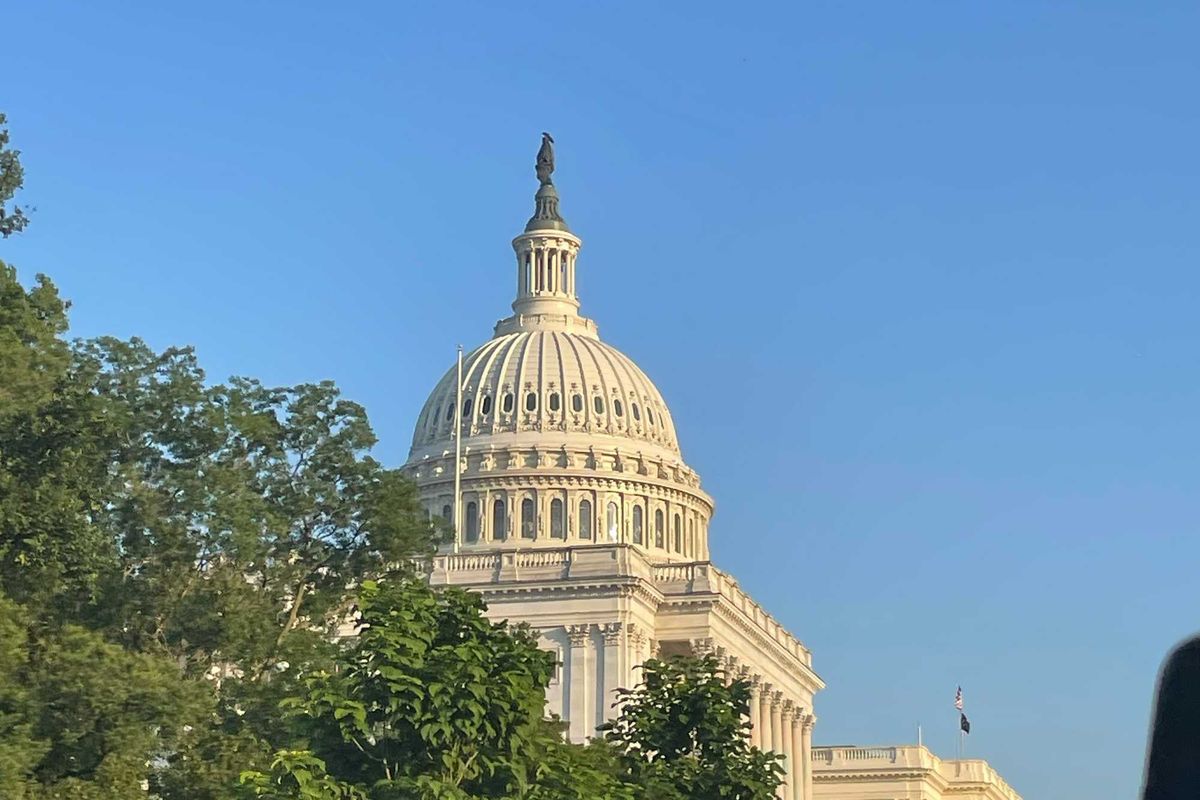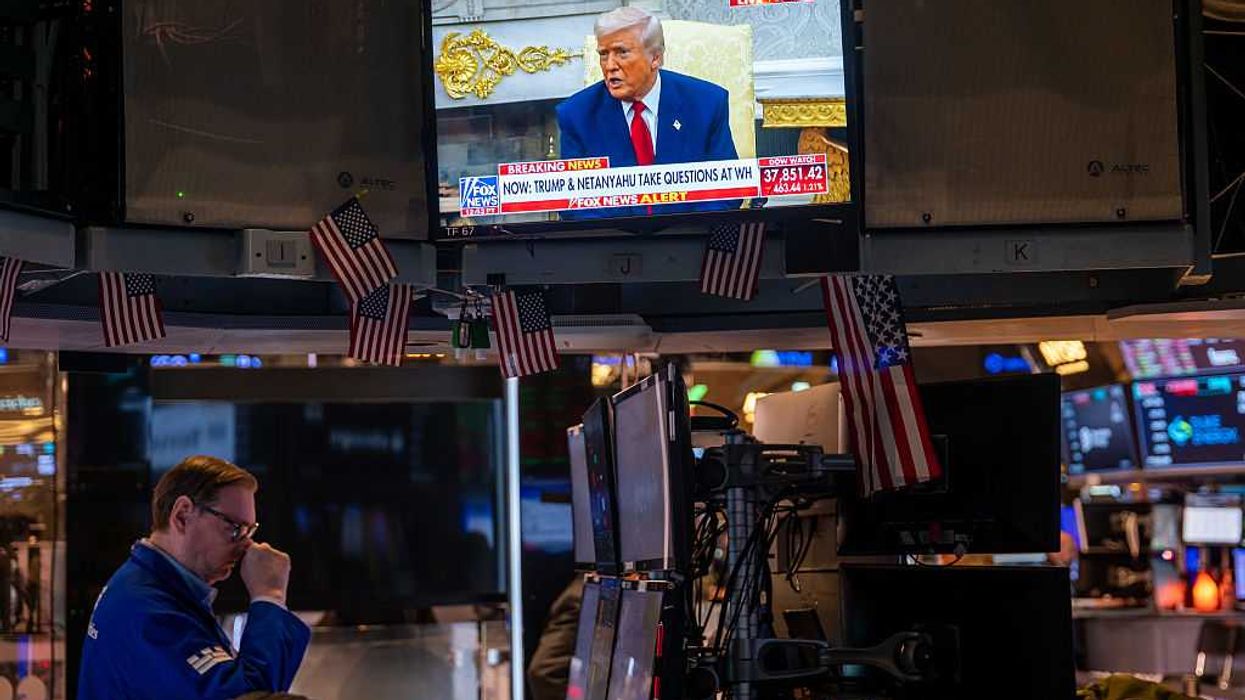The latest U.S. jobs report was more than just a miss—it was a warning. Employers added only 22,000 jobs in August, well below expectations of 75,000, and unemployment climbed to 4.3 percent, its highest level in nearly four years. June’s figures were quietly revised down to a net loss of 13,000 jobs, the first outright contraction since the pandemic’s peak. Markets reacted sharply: the dollar slid to six-week lows, while gold surged past $3,600 an ounce, setting a record for the 31st time this year.
For years, U.S. policymakers and presidents of both parties have promised resilience. Donald Trump has claimed his second term would deliver a “blue-collar boom.” But the August numbers suggest something deeper than a cooling labor market. They point to a structural weakness in an economy where job creation is slowing even as corporate profits remain strong, automation accelerates, and wage growth stagnates.
The details are sobering. Health care and government hiring provided modest gains, while losses mounted in professional services and manufacturing. These shifts signal an economy increasingly reliant on low-wage and public sector jobs while industries tied to investment and trade falter. Inflation may have eased, but higher interest rates and cautious corporate spending are hitting hiring decisions hard. The Bureau of Labor Statistics (BLS) is preparing another benchmark revision that could subtract hundreds of thousands of jobs from this year’s total, further undercutting the narrative of strength.
The Federal Reserve is now under pressure to act. Traders expect a rate cut at the September 16–17 meeting, and some see the possibility of a half-point reduction. Chair Jerome Powell has shifted from caution to urgency, but the Fed’s toolkit—designed to stabilize asset prices rather than rebuild job markets—has its limits. Years of monetary tightening have squeezed borrowers while doing little to raise real wages. As cuts begin, it is unclear whether they can prevent a downturn or simply cushion one already underway.
Trump faces a similar challenge. He campaigned on reshoring jobs and revitalizing manufacturing, yet the data shows these sectors shrinking. His August firing of the BLS commissioner has drawn criticism and fueled conspiracy theories about political interference. His decision to scrap new tariffs may have eased trade tensions, but it has not reversed job losses. Immigration restrictions, which were supposed to boost wages for American workers, have instead worsened labor shortages in industries from construction to agriculture.
The weakness of the U.S. labor market matters well beyond its borders. Europe’s own economic struggles, from sluggish growth to energy price shocks, leave it ill-prepared to offset a slowdown in its largest trading partner. Asian exporters, already grappling with U.S. protectionism and softer demand, face new headwinds. The Middle East’s fragile oil markets are sensitive to U.S. consumption trends, while global investors are increasingly hedging against instability by buying gold.
There is a pattern here. Policymakers have relied heavily on monetary intervention to keep markets afloat since the 2008 financial crisis. That strategy succeeded in propping up asset prices but did little to repair structural inequalities or rebuild economic resilience. The pandemic’s stimulus programs provided temporary relief, but debt has ballooned to $34 trillion, and interest payments now rival defense spending. Beneath the headline numbers, the economy’s foundations look brittle.
Some argue that the weakness is cyclical, not structural, and that aggressive rate cuts could revive growth. History suggests caution. The 2001 recession and the 2008 collapse were both preceded by complacency about slow-moving indicators. The jobs report is not just a statistic; it reflects real families struggling with rising rents, declining savings, and uncertain futures. Underemployment is rising among Gen Z and millennials, undermining confidence in upward mobility.
For Trump, the August data poses a political problem as well as an economic one. His promise of a manufacturing revival has collided with automation and global supply chains that cannot be remade overnight. His administration’s rhetoric about a “soft landing” is at odds with an economy that has already started to skid.
The Fed faces its own credibility test. A cautious response risks deepening the downturn, but aggressive cuts could fuel inflation or undermine the dollar’s role as a reserve currency. Investors have already signaled their unease, pushing gold prices higher and diversifying away from the dollar. A world accustomed to U.S. economic dominance is watching closely for signs that the model is faltering.
There is still time to act. A balanced approach would pair rate cuts with targeted fiscal measures, such as infrastructure spending and workforce training, while easing immigration restrictions in sectors facing labor shortages. But that would require political courage that has been in short supply. The temptation, as always, will be to rely on monetary policy alone and hope for a rebound.
The August jobs report should be a wake-up call. It reveals an economy that has leaned too heavily on cheap credit and asset inflation, while neglecting the workers who form its foundation. The question is not only whether the U.S. can avoid a recession but whether it can confront the deeper weaknesses that decades of short-term thinking have produced. If policymakers fail, the damage will not be confined to one bad month of data.
Imran Khalid is a physician, geostrategic analyst, and freelance writer.



















